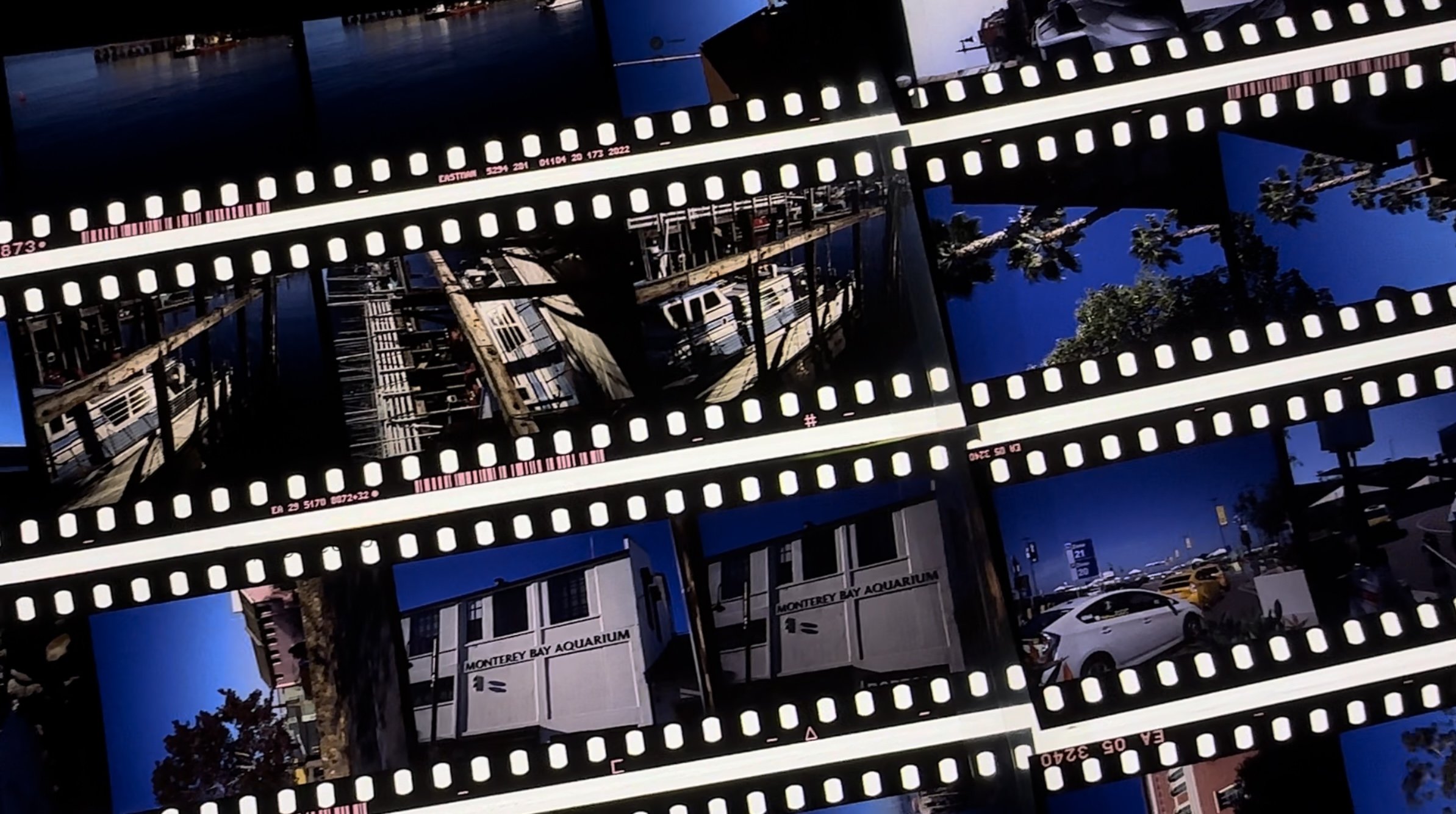In the digital age, why are people still doing film photography?
Every time I receive my developed film rolls after waiting for days, my response would be either “Oh wow” or “oh shit.” With digital technology’s instant gratification and almost limitless shutter clicks, there’s still a group of people who work with film photography and appreciate its complicated but engaging process.
“[Film] is so different from our digital lives where we have phones that can shoot 4K video and you can instantly see how everything looks. That’s completely different from how everything looks through a single lens reflex camera that’s glass and metal,” Jon Wingo, USC Harris Photo Lab Technician commented.
While older people are familiar with film photography as it was the primary method of photography last century, Gen Z finds film fascinating as it’s something brand new for them. In fact, many young photographers got their first film camera from their family or friends, including Ruihan Fu, a USC graduate student who got her first film camera, a Nikon F80, from her dad’s friend. “He gave up doing film photography, so I got that camera and started shooting [film].”
So what about film photography that attracts people?
“Film is expensive,” said Fu, “so every time I go out shooting film I will take more consideration when I press the shutter button. I love the process of thinking and taking that into consideration. And I still need to wait several days to get those photos developed, and I love the process of waiting.”
“I think part of why I love film so much is because you have to wait a lot to get the results…It’s really fun when you get to see the end product. Whereas digital where you just take it and take as many as you want instantaneously, film is more like a delayed gratification,” said Andrew Heyt, a student photographer at USC.
Unlike digital photography, which is highly developed and has a lot of automatic features, such as autofocus and auto exposure, film cameras, especially early ones, relied much more on manual controls. It is more complicated and time-consuming, but one can also argue that it makes them feel more involved in the process.
Stefan Huang, a USC graduate student, is drawn to the uniqueness of the film cameras. “I think each [film] camera is unique. Rolleflex and Hasselblad both shoot in the same format, but the way you load your film and you click the shutter is really different.” Huang finds digital cameras to be very similar, allowing users to switch between different cameras with minimal learning. Film cameras, on the other hand, offer diverse systems and designs, resulting in distinct methods for focusing, loading film, and taking photos. Thus, using different cameras creates unique experiences.
Mauricio Murillo, another film enthusiast at USC, said the tangibility and physicality of film is why he loves it so much. “There’s just something so personal about knowing that I developed it. And after that, I washed it; I dried it; I cut it; I sleeved it; I scanned it; I printed it; I made prints from it. And I think being that involved in the process just made me care about it and advocate for it even more.”
“Film photography teaches you how to work within limitations. It is completely valid to continue [black and white film] today. Using black and white these days connects a photographer, especially a new photographer, with history. Learning an old technique helps you master the process, and then you can take it to wherever you want,” said Rob Reiter, the owner of the Lightroom in Berkeley who was born in the 1930s. He stopped shooting film photography around 2005, but he still sees the value in it.
Different film rolls create different effects, which is similar to the filter function on Instagram or some photo editing apps. For example, Kodak Portra 400, a professional film, is well known for its smoothness and tolerance of contrast in brightness; Kodak Ektar 100 is another professional film that has great and vivid colors as well as smoothness. Depending on the subject, photographers often choose their film rolls accordingly to get the effect they like. It is also fun to discover different film’s effects on one’s own.
Although digital photography is more prevalent, film is still relevant. People can access film and film equipment online, such as eBay and B&H, or in vintage or flea markets if lucky enough. To develop the film, one can send it to a nearby lab which usually takes about three days to a week to develop and scan the film. “Support your local lab, don’t send it to CVS,” Murillo said.
Author: Lily Wang
